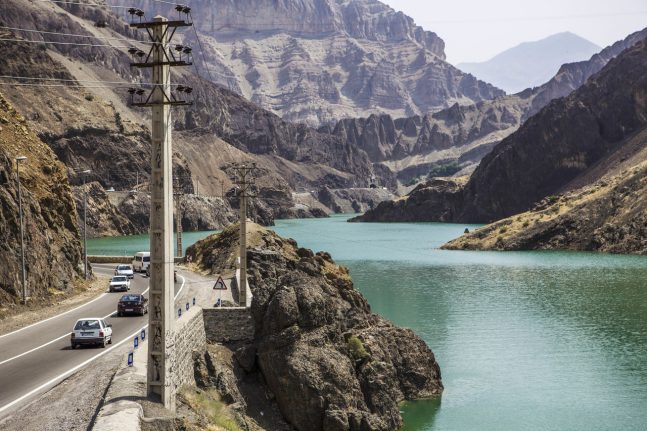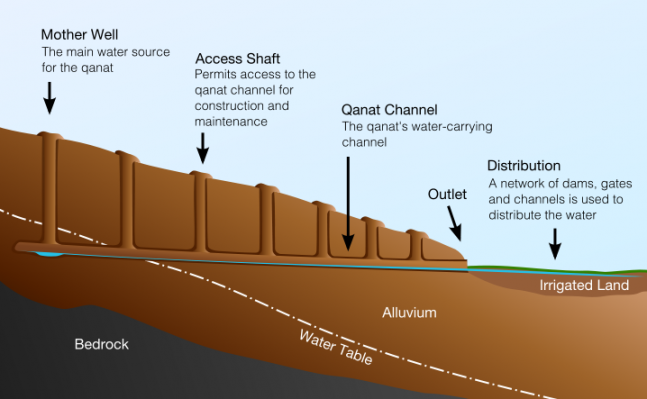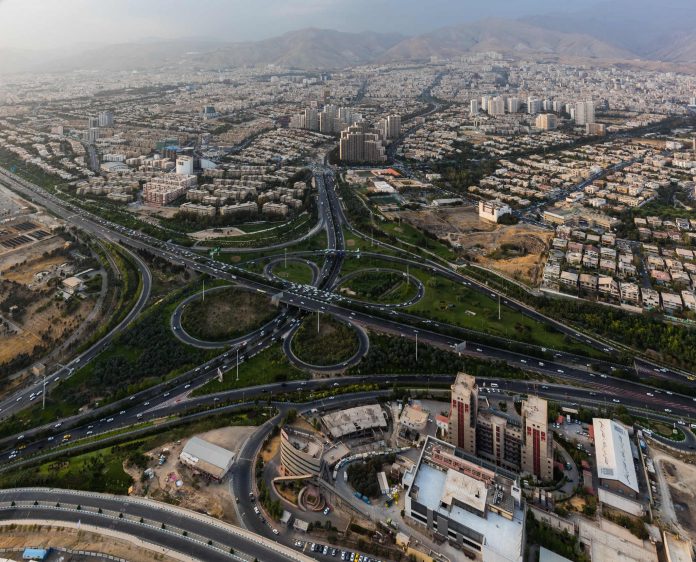If the capital of Iran can combine ancient systems of water governance–qanat–with modern information technology, it could drought-proof the capital and protect its citizens from the threats of water insecurity. By Montgomery Simus*
For centuries Tehran, the booming Persian city of 14 million people, has all too often grown by sacrificing its past.
Zealous urban ‘modernisers’ flattened ancient bazaars, widened traditional streets, demolished historic walls, and re-zoned old neighbourhoods into an orderly grid. The water and wastewater company drilled deep wells, blocked rivers, and built huge, new treatment plants.
Yet for all the modern infrastructure, Tehran never outgrew the timeless limit imposed by water.
A mere 23 centimetres of annual rainfall, skimpy runoff, rising temperatures and decades of instability left little room for detailed water resource management plans. Looking ahead, it could get worse. By 2040, Iran’s water supply is projected to decrease by a fifth, according to the World Resources Institute, while demand will rise 70 percent, mostly from cities.
This liquidity crisis is impacting day-to-day life in Tehran, says Mazdak Aliabadi, general manager of the branch office of pump manufacturing company KSB in Iran. “It is my heartfelt belief that water is one of the most critical issues for Tehran,” he tells me, adding that “awareness alone is neither sufficient nor preventive for the potential upcoming disaster.”
All parties emphasise the challenge is no fault of water officials, who have proposed ambitious supply-side public works projects. Yet costly pipe dreams of massive dams, desalination plants, and inter-basin transfer tunnels have often fallen apart, victims of political change and tight budgets.
Filling the gap is a unique hybrid of old and new. As trade embargos lift, many still seek technology from abroad. But some city leaders seek to build a more durable future on the country’s own past, repurposing ancient practices in innovative ways. This progressive lens links “the city of river valleys” to rehabilitation of degraded streams–and to the traditional laws that governed them.
By embracing its centuries-old heritage, Tehran may set in motion a kind of hydraulic renaissance.
“Historically, few paid real attention to the practice of water or green architecture in Tehran,” says Zhinous Mobasherfar, an architect in the city. “This has caused many trees that were left in the city to dry up and die, causing people to miss the four basic elements of nature–water, earth, air, fire–in their daily surroundings and living environment.”

To help manage water constraints the city’s Water and Wastewater Authority (ABFA) has sought to reduce consumption through education while optimising the city’s historic distribution network. But the crux of Tehran’s urban water problem ironically originates in the surrounding rural fields, and in the modern era no one linked the lifeline between city and countryside.
Cheap energy, free water, and a war together with a sanctions-driven push for food self-sufficiency led policymakers to subsidise inefficient surface irrigation and cropping patterns that ignored soil and water stability. Fortunately, this thinking may be changing.
“As Iranians watch their beloved bodies of water disappear, wells dry up and farmland turn to dust,” Al Jazeera reported, “there is a growing understanding that in order to avoid any kind of existentialist threat in years to come, the country needs to radically rethink its attitude to water use.”
A return to old ways
Mobasherfar has witnessed recent TV ads and billboards throughout Tehran alerting citizens that the city is lacking proper water resources, but feels increased awareness is not enough. Informed middle-class Tehranis care more about saving water, yet the city’s water needs keeps growing.
“The municipality of Tehran is making these educational initiatives one of its highest priorities,” she says. “But people must do more than just talk about the issues if they want to leave something behind for the next generation in their city and neighbourhood.”
So what more can the city do? To move ahead, progressive Tehranis have begun looking back.
Before launching costly new works, some focus on technical maintenance, rehabilitation of wastewater treatment, and repair of outdated water transfer systems.
Others look to the clouds and beyond city limits. They urge investments in roof gardens and green infrastructure. Tehran “should be an extension of our natural environment,” argues Kaveh Samiei, a landscape architect and expert in designing ecological high-rise residential complexes, writing on www.thenatureofcities.com. “Nature has rules by which it operates, and these must be built into urban designs that mesh the organic and inorganic parts of the city.”
Pushing even further, some suggest repurposing Persia’s ancient indigenous system, qanat.
Qanat–both a technology and form of governance–established Iran’s primacy in self-regulating, allocating, and trading water in ways that maximise its productive, efficient, and politically effective use. By voluntarily exchanging shares of water, those who invest in the system enjoy not only the rights but also the responsibilities to use their water resources wisely, and trade what they save to others.

Tehran is of course no longer the society it was when qanats originally proliferated. People don’t have face-to-face negotiations over transfers in water. But perhaps they don’t need to. Tehranis have cloned Uber. Airbnb is already there.
These online platforms empower people in the sharing economy, and suggest a kind of ‘iQanat’ system can potentially unlock and ‘crowd source’ water from families and firms in a city already dominated by mobile phones, tablets and laptops.
The oil embargo has been lifted. Exports could flow again. Yet Tehran recognises that its most strategically at-risk and politically destabilising liquid asset is not oil. It is water. The beauty of combining traditional approaches with new information technology tools is that in place of energy- and capital- intensive supply-side solutions, a virtual online “iQanat” exchange may unleash a broad and competitive race to save water. That would build resilience, help drought-proof Tehran, and leverage Persia’s ancient ways for the 21st century.








